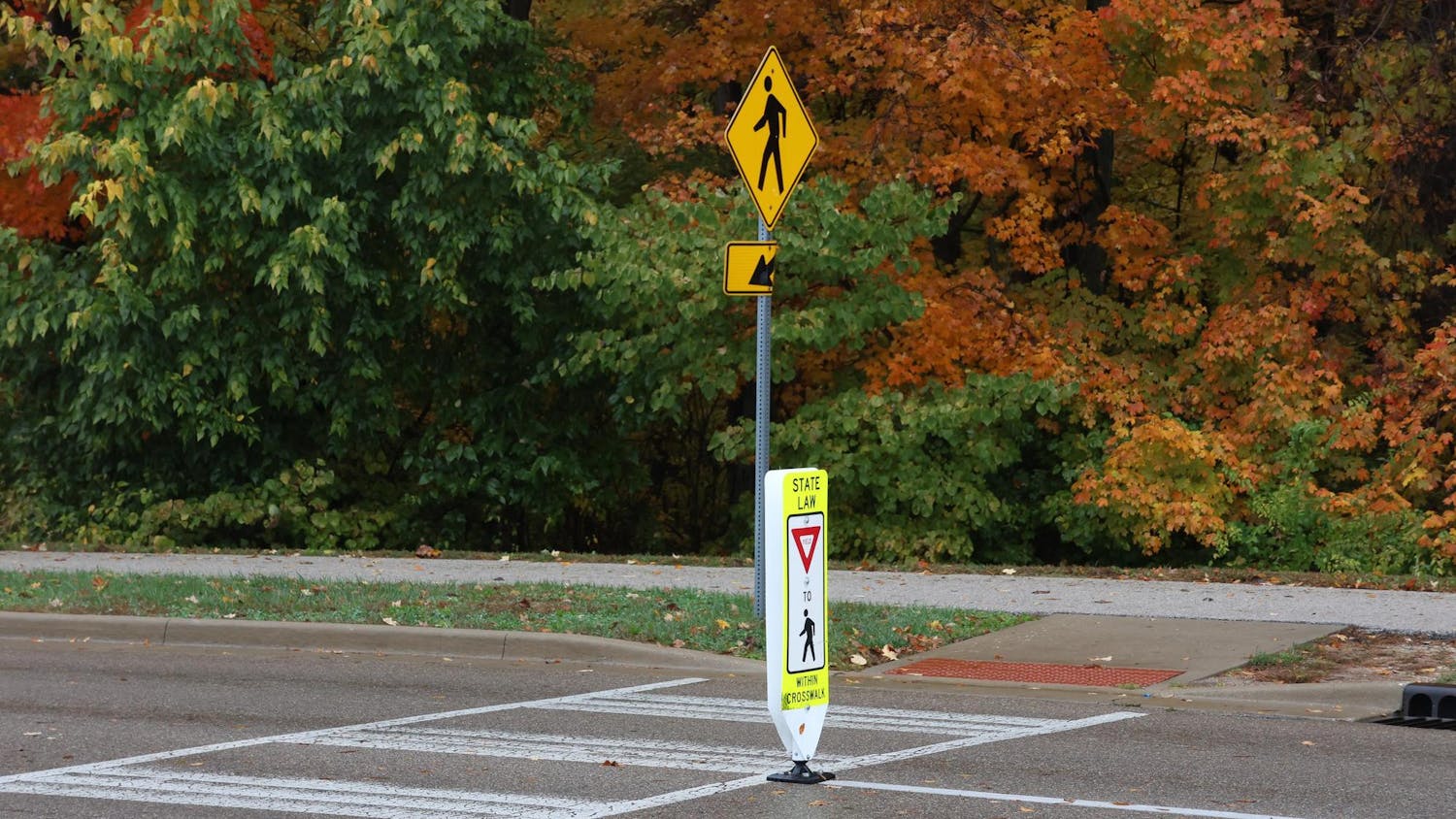WASHINGTON -- Allied forces dropped thousands of leaflets over southern Iraq Thursday, warning Saddam Hussein's troops against firing on British and U.S. planes that have been patrolling the no-fly zone.\nIraqi forces fired on aircraft delivering the leaflets and allied forces bombed an air defense operations center in response, said officials at the U.S. Central Command.\nIt was the first known direct warning from the Pentagon to Iraq's military rank and file since the Bush administration launched its campaign to topple Saddam. Defense officials said on condition of anonymity that it is not directly related to another leaflet campaign in which the Pentagon plans to warn Iraqi officers against firing chemical or biological weapons in the event of U.S. military action to remove Saddam.\nThe retaliatory action brought to 46 the number of "strike days" reported this year by the United States and the United Kingdom coalition put together to patrol zones set up to protect Iraqi minorities following the 1991 Gulf War. On some days, more than one area is bombed.\nOfficials said coalition aircraft dropped 120,000 leaflets depicting a fighter jet bombing a missile launcher and a radar site with the message: "Iraqi ADA (air defense artillery) Beware! Don't track or fire on coalition aircraft!"\n"The destruction experienced by your colleagues in other air defense locations is a response to your continuing aggression toward planes of the coalition forces," leaflets written in Arabic said in reference to the four dozen times coalition planes have struck back this year.\n"No tracking or firing on these aircraft will be tolerated. You could be next," said an English translation released by defense officials.\n"We were telling them 'Don't shoot at us or we'll shoot back'," said Navy Commander Frank Merriman, a spokesman for Central Command in Tampa, Fla. "And they were shooting at that aircraft that was dropping the leaflets!"\nHe said a similar leaflet drop was done last October to try to halt the firing on planes patrolling the restricted zones over Iraq.\nAnother official insisted Thursday's action was not related to any possible war with Iraq, portraying it as something done from time to time to remind Iraqi gunners they target coalition planes at their peril. Three officials said they didn't know how often it had been done before. They discussed the situation only on grounds of anonymity.\n"Today's strike came after Iraq air defenses fired anti-aircraft artillery and surface-to-air missiles at coalition aircraft," said a statement from the Central Command.\nIn their retaliation, coalition planes targeted precision-guided weapons at the site, an operations center and air defense headquarters for the sector near Tallil, some 160 miles southeast of Baghdad at 4:30 a.m. EDT Thursday. There was no assessment immediately available on how much damage was done.\nIt was the third time in nine days that planes launched strikes in the area, trying to destroy communications equipment, control radar and a surface-to-air missile launcher, in missions Sept. 25 and 28.\nRepeat missions have become common in recent weeks. Coalition aircraft for the sixth time in a month struck this week near Al Kut, 100 miles southeast of Baghdad, because Iraqis keep moving mobile radar equipment to the area, Pentagon officials said.\nIraq considers the patrols a violation of its sovereignty and frequently shoots at the planes. In response, coalition pilots try to bomb Iraqi air defense systems.
Air strikes shake allies
Get stories like this in your inbox
Subscribe



